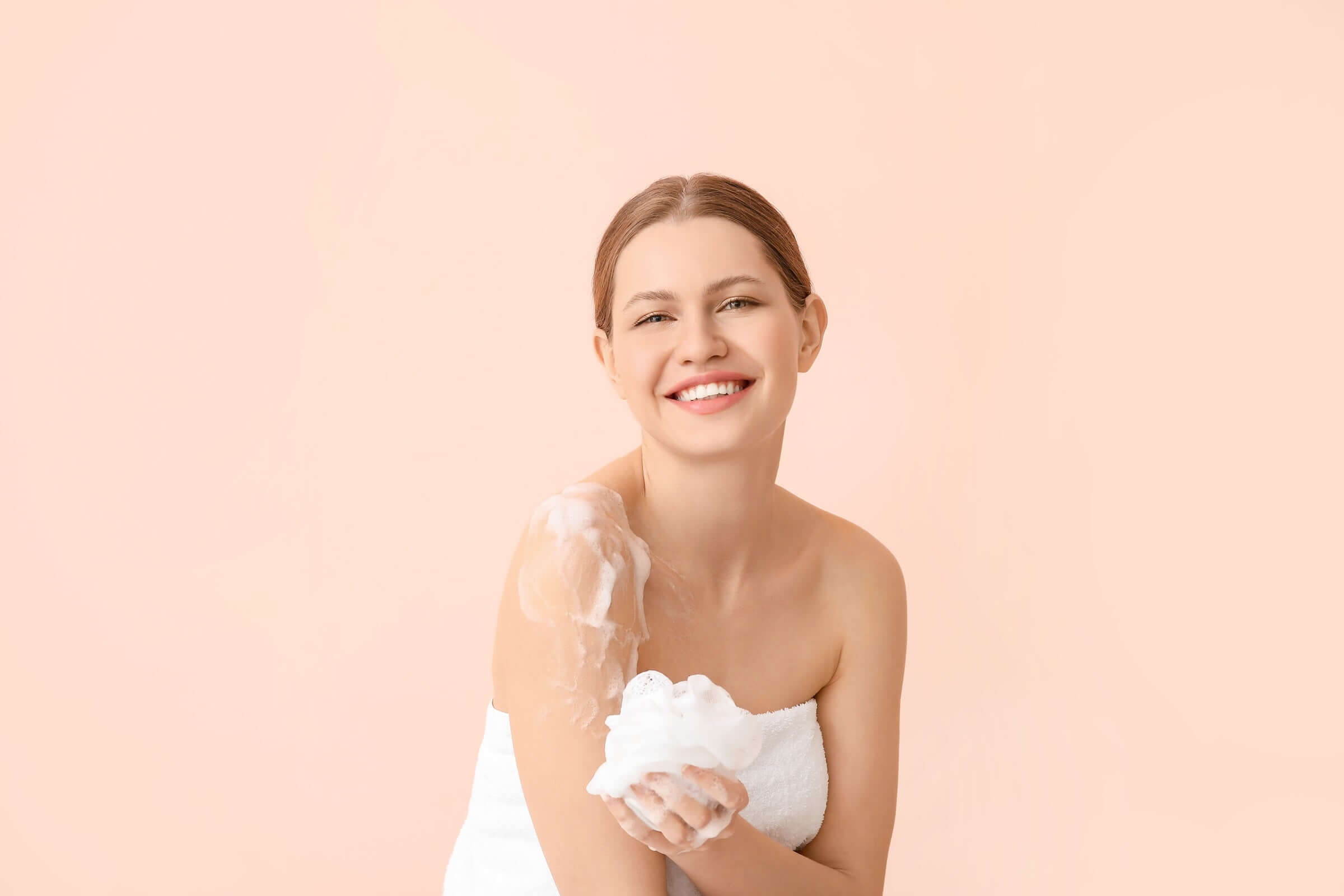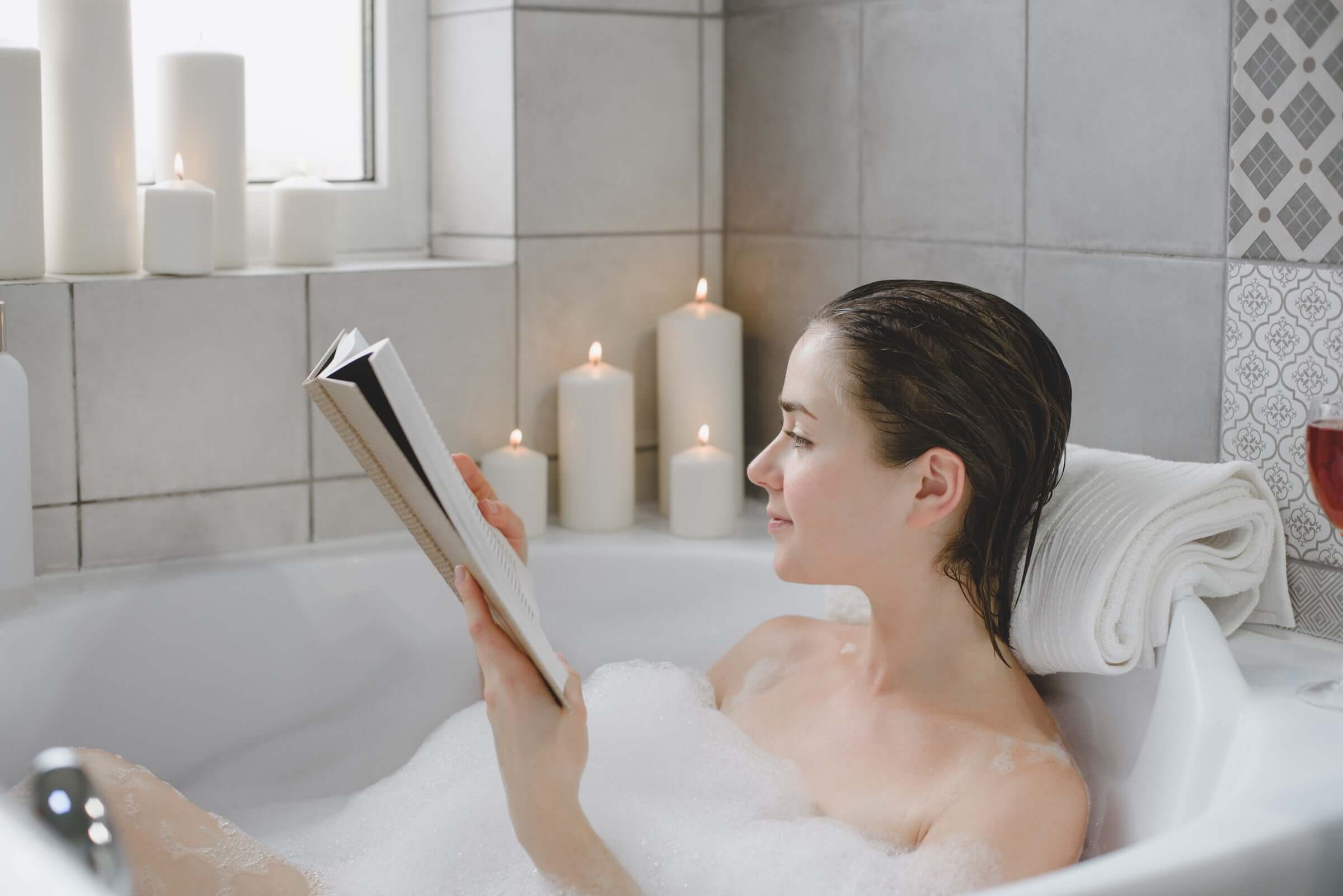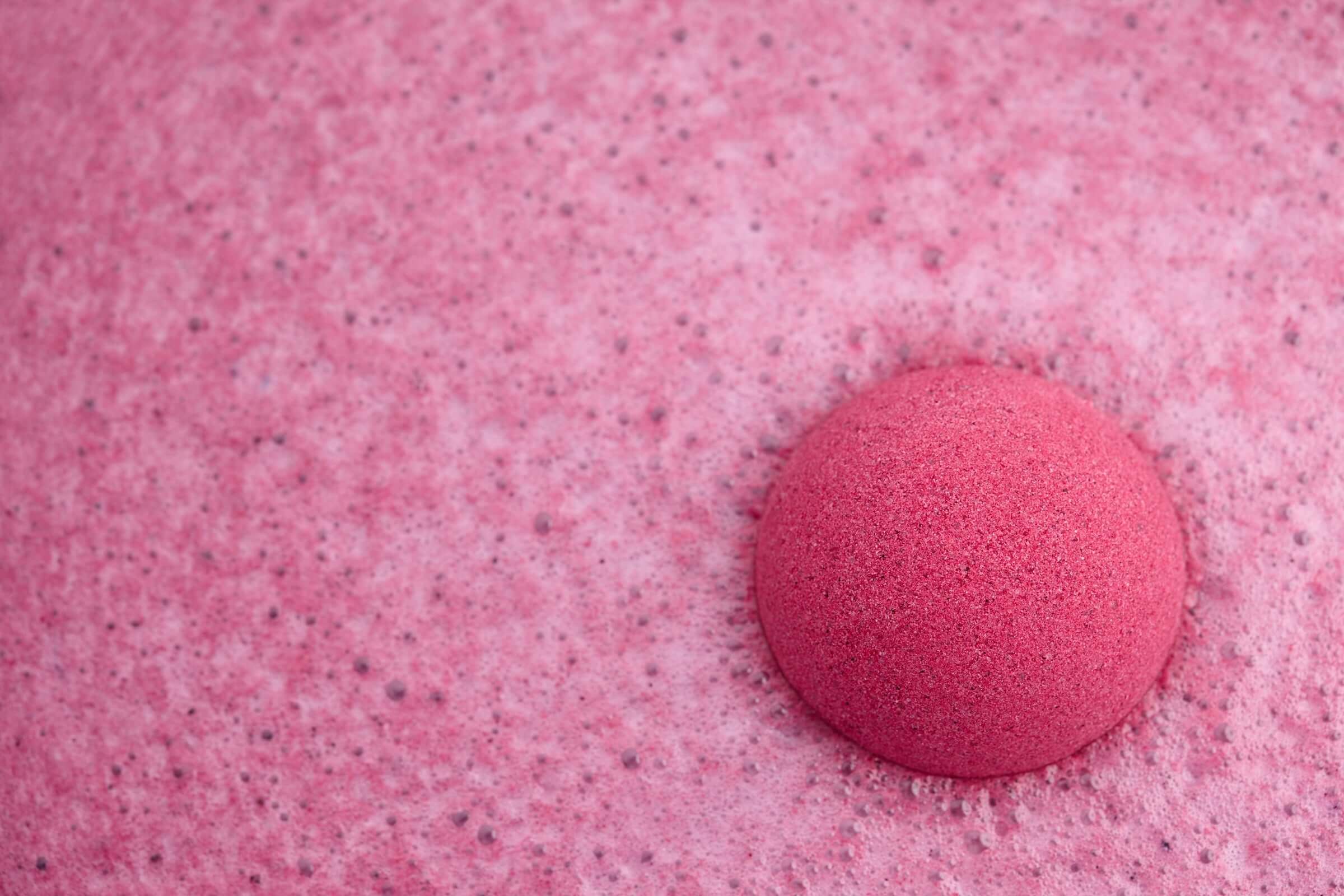The Lather Lounge: A Guide to Using a Loofah with Soap

So, you've recently made the switch from using body wash to embracing natural soap, a trend that's becoming increasingly popular among many people nowadays. But as you glance at the loofah hanging in your bathroom, you can't help but wonder – can you pair it with your soap?
The answer is a definite yes! While body washes are commonly associated with loofahs, it's worth noting that these versatile bath accessories work equally well with soap lather. Let's explore how to make the most of this dynamic duo.
What exactly is a loofah?
Firstly, let's define what a loofah is. No, it's not some mystical creature from the depths of the Amazon rainforest (though that would be pretty cool). Loofahs are those nifty sponges we reach for in the bath to work up a luxurious lather. Thanks to their fibrous texture, they're gentle exfoliators, buffing away dead skin cells without any harsh scratching or irritation from chemicals. Plus, they're great for clearing away the buildup of dead skin cells that can accumulate on your skin's surface, leaving you feeling fresh and revitalized.
Where does a natural loofah come from?
Before we delve into the how-to's, let's uncover the truth about where loofahs actually come from. Loofahs might not be quite what you expect. These natural loofah sponges you use in the shower actually come from the fruits of vine-growing Luffa plants. Yep, these plants are part of the gourd family, making them cousins to watermelons, cucumbers, and pumpkins. So, when a luffa fruit dries out and you peel it, voila! You're left with its fibrous interior, which makes for a perfect sponge. Nature's little gift, right in your bathroom!

Prepare to have your mind blown: Natural loofahs are made from a plant in the cucurbitaceae family known by their botanical name Luffa aegyptiaca.
Natural Loofah versus Plastic Loofah
Natural loofahs, made from the dried fibers of Luffa plants, are biodegradable and eco-friendly. They offer gentle exfoliation and are ideal for those with sensitive skin. However, they may need to be replaced more frequently as they can harbor bacteria and mold if not properly cared for.
On the other hand, plastic loofahs are durable and can last longer than their natural counterparts. They are also easier to clean and maintain. However, they are not biodegradable and can contribute to environmental pollution.
Ultimately, the choice between a natural and plastic loofah depends on your personal preferences and values. If sustainability and eco-friendliness are important to you, opt for a natural loofah. If durability and ease of maintenance are your top priorities, a plastic loofah may be the better option.

Image courtesy of: Cleveland Clinic
Natural or synthetic loofahs: which reigns supreme? This guide breaks it down for you.
Can you use loofah with soap?
While many people use loofahs with body wash, using them with soap is just as effective. In fact, it can extend the life of your soap and enhance your shower experience. When you lather up with a loofah and soap, you'll notice that the soap lasts longer and produces more lather compared to using your hands alone. It's like creating a fluffy cloud of cleanliness on your skin.
However, there are some differences to consider. The lather produced by using a loofah may feel lighter and the scent of the soap may be less intense compared to using body wash. It's a trade-off, but one that many natural living enthusiasts are willing to make for the benefits of using soap.

Lather up your loofah with soap! But don’t just use any soap - opting for a natural soap means no nasty chemicals, just pure, clean goodness for your skin.
What we recommend: Tub Therapy's Soaperstar CBD Soap in Oatmeal Milk & Honey, $16 each with free shipping
Benefits of using loofah with soap
- Effective exfoliation: Using a loofah with soap can also help to exfoliate the skin more effectively, leaving it smooth and soft.
- Gentle exfoliation: The texture of the loofah helps to slough away dead skin cells, promoting smoother and softer skin.
- Enhanced lathering: Using a loofah with soap creates a richer lather compared to using soap alone, resulting in a more thorough cleansing experience.
- Extended soap life: By using a loofah, you can maximize the lifespan of your soap, as it prevents the soap from dissolving too quickly and turning into a mushy mess.
- Increased efficacy: The exfoliating action of the loofah allows the soap to penetrate deeper into the skin, effectively removing dirt, oil, and impurities.
- Improved blood circulation: Massaging your skin with a loofah stimulates blood flow, enhancing circulation and contributing to overall skin health.
- Economical: Using a loofah with soap can help you save money in the long run by prolonging the life of your soap and reducing the amount needed for each use.
Is it better to use loofah with soap or apply soap directly to the skin?
The answer depends on personal preference. Using a loofah provides the added benefits of exfoliation and increased lather, while applying soap directly to the skin may be quicker and more convenient. Some opt to apply the soap directly to the skin, as it tends to yield a stronger and longer-lasting fragrance, but it does wear down the bar faster.
How to use loofah with soap
Now that we've uncovered all the perks of teaming up your loofah with soap and you're eager to give it a whirl, let's dive into the nitty-gritty of how to make this dynamic duo work wonders on your skin.
1. Wet the loofah
Start by thoroughly wetting your loofah under warm water. This helps to soften the fibers and prepare it for use.
2. Wet the soap
Wet the bar of soap or the soap chunk you intend to use. This will help to create a lather more easily when you start rubbing it onto the loofah.
3. Rub soap onto the loofah
Hold the soap in one hand and gently rub it onto the surface of the wet loofah. You can rub the soap directly onto the loofah or create a lather in your hands first and then apply it to the loofah.
4. Lather up
Once the soap is applied to the loofah, begin to lather it up by rubbing the loofah between your hands or against your body. You should start to see a rich, foamy lather forming.
5. Use the loofah
With the loofah now lathered up, gently scrub your body in circular motions, starting from your feet and working your way up. Pay special attention to areas that may need extra exfoliation, such as elbows, knees, and heels.
6. Rinse off
After thoroughly scrubbing your body with the loofah, rinse off the soap suds with warm water. Make sure to rinse both your body and the loofah until all the soap residue is removed.
7. Hang to dry
After use, hang your loofah in a well-ventilated area to dry completely - Cleveland Clinic suggests not to hang the loofah in the shower or in a damp environment as they struggle to dry out completely. This perpetually moist condition creates an ideal breeding ground for bacteria. Hang it in a cool place to prevent bacteria growth and ensure that your loofah stays clean and hygienic for future use.
When should you replace your loofah?
When it comes to your trusty loofah, knowing when to bid it farewell is crucial for maintaining good hygiene. Generally, it's recommended to replace your natural loofah every 3 to 4 weeks, or sooner if you notice any signs of wear and tear. If your loofah starts to smell funky, shows signs of mold or mildew, or begins to lose its shape, it's time to toss it out and grab a fresh one. If you're using one of those plastic loofahs, you can expect it to last for around two months.
Remember, keeping your loofah clean and in good condition is essential for a healthy, effective shower routine.
How to clean your loofah
To keep your loofah clean and free from bacteria, it's essential to clean it regularly, ideally once a week. Regardless of whether you're using a natural or synthetic loofah, the process is relatively simple. You can soak your loofah in a diluted bleach solution for around 5 minutes, ensuring thorough coverage. Afterward, rinse it thoroughly to remove any bleach residue. Alternatively, you can periodically disinfect your loofah by soaking it in a solution of water and white vinegar or hydrogen peroxide for approximately 10-15 minutes. Again, be sure to rinse it well afterward to remove any lingering solution.
Our verdict?
So, there you have it – everything you need to know about using a loofah with soap. Whether you're loyal to body wash or have joined the natural soap trend like many of us, incorporating a loofah into your shower routine can truly enhance your cleansing experience.



